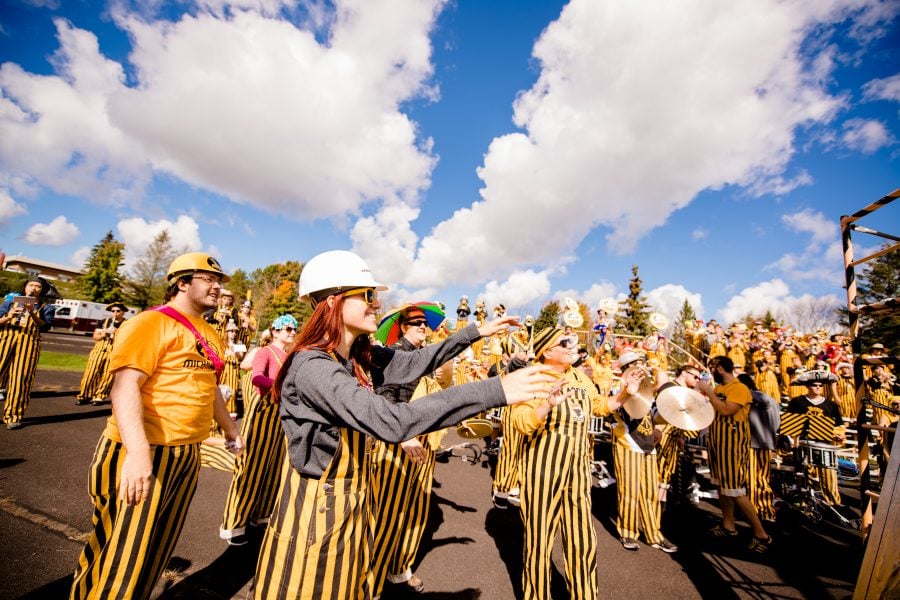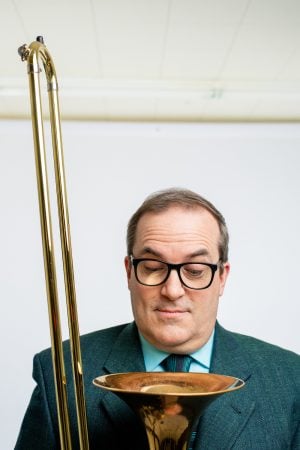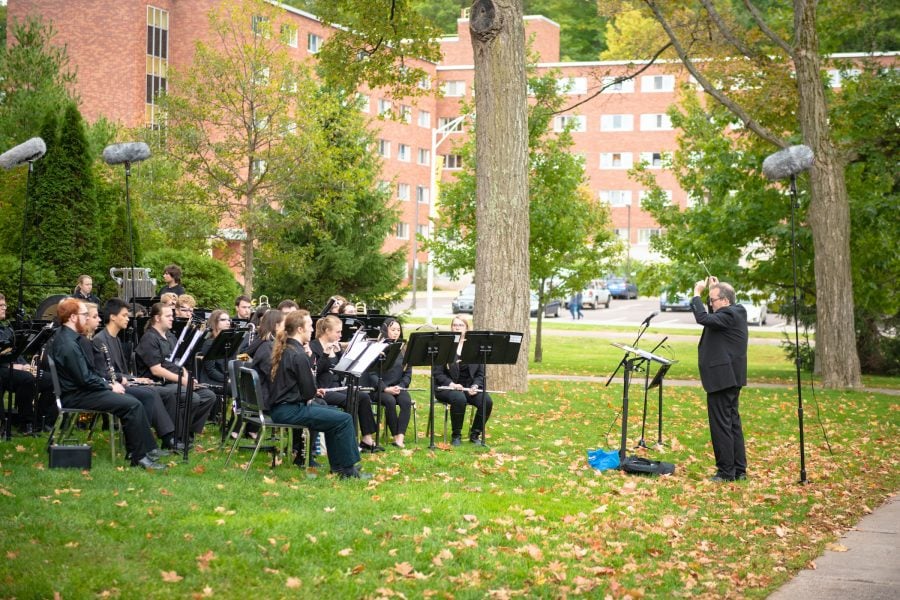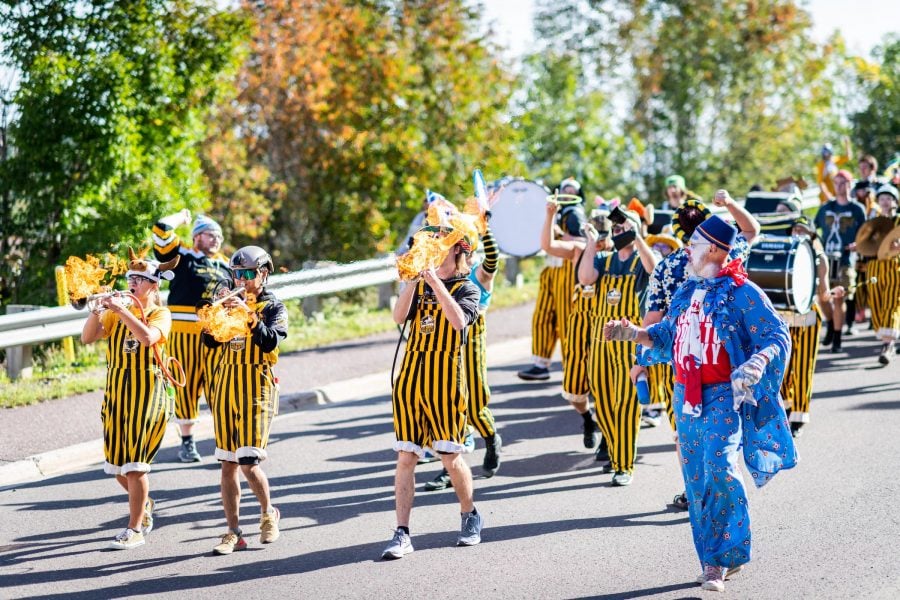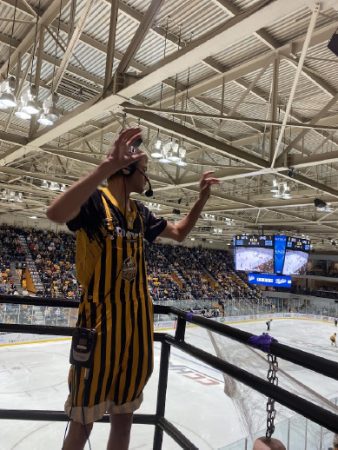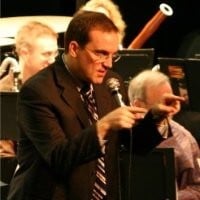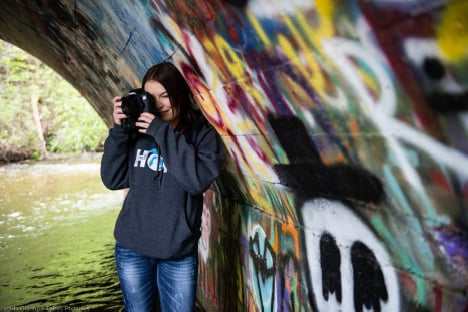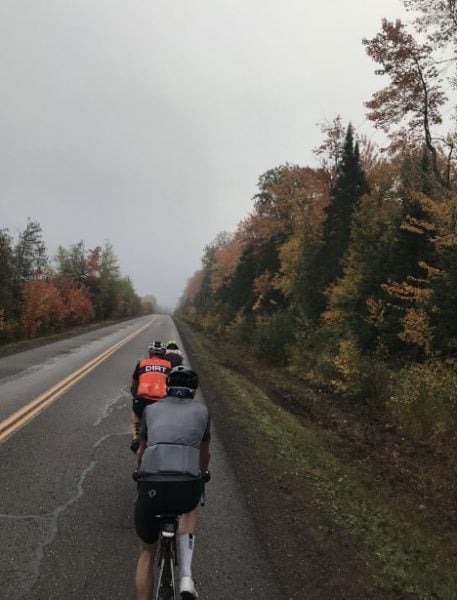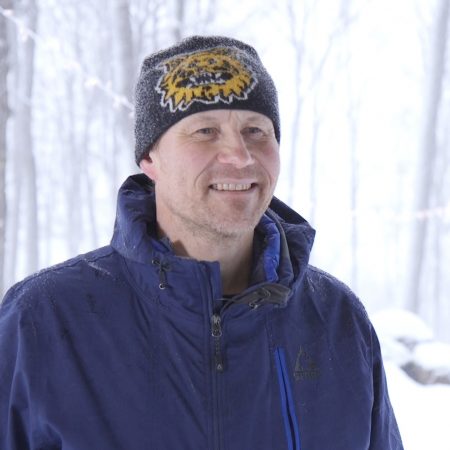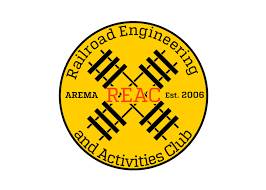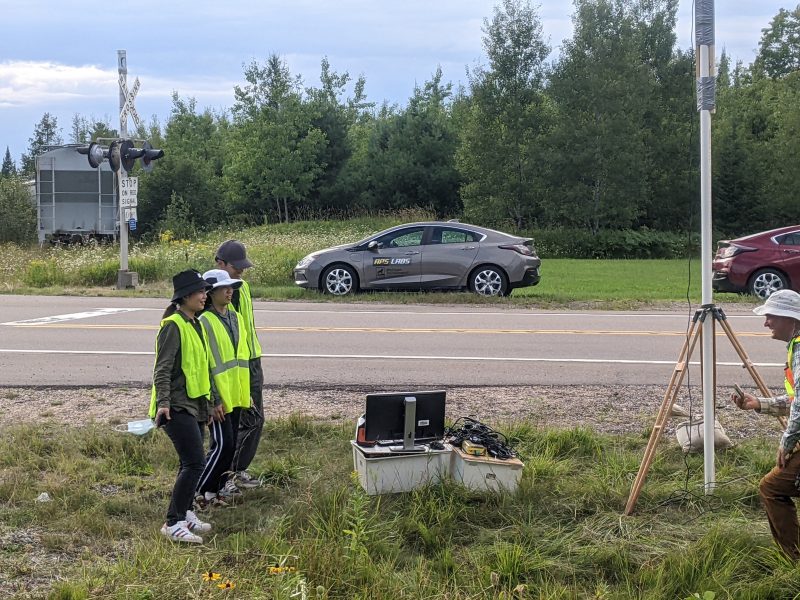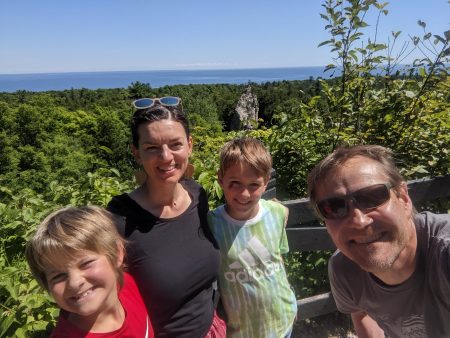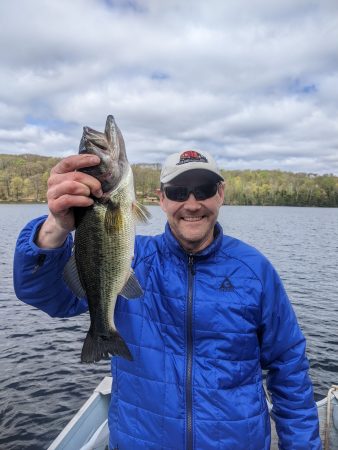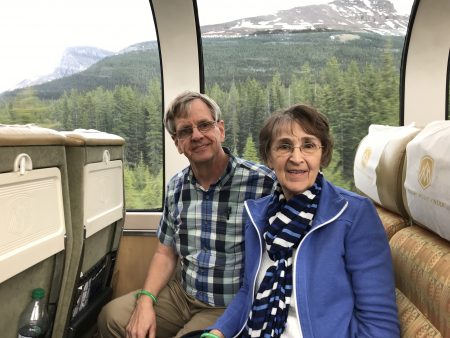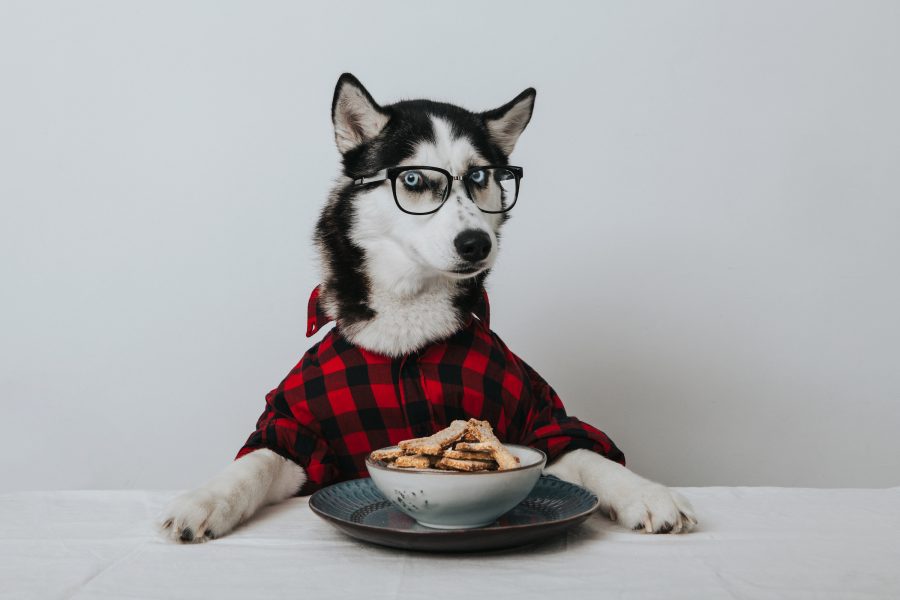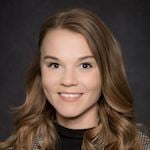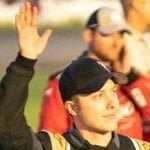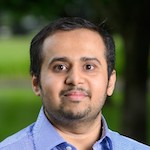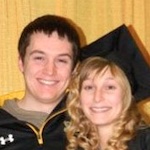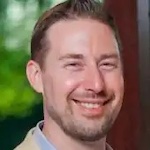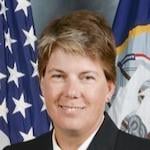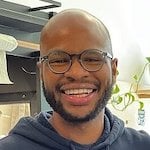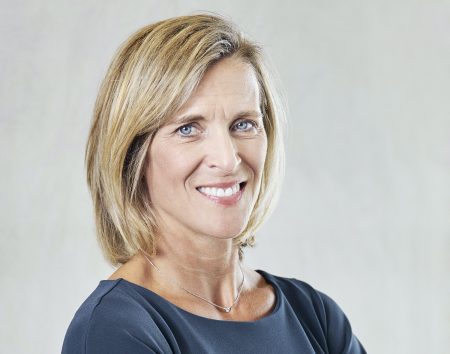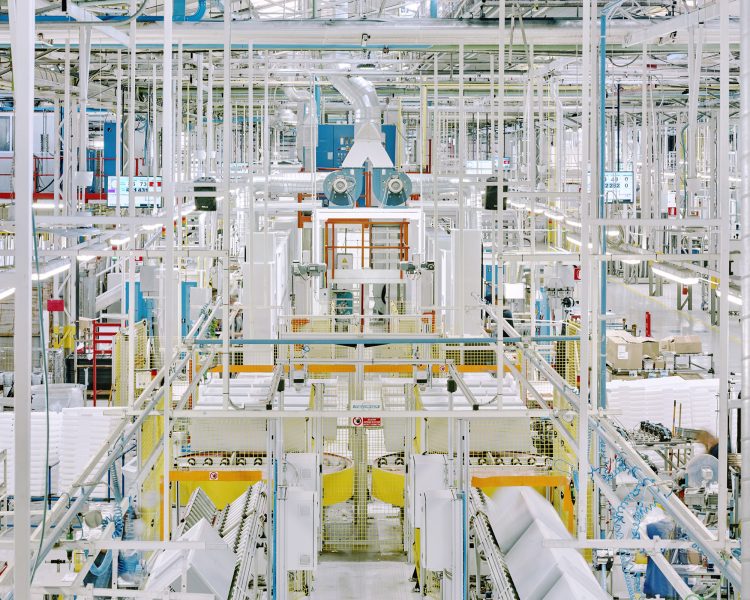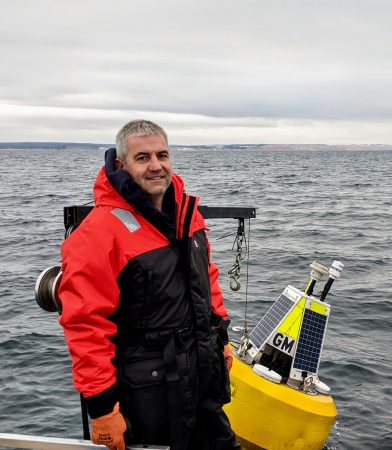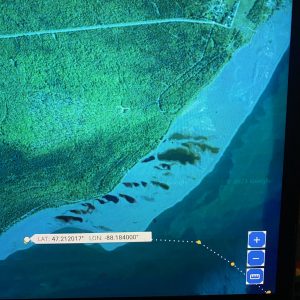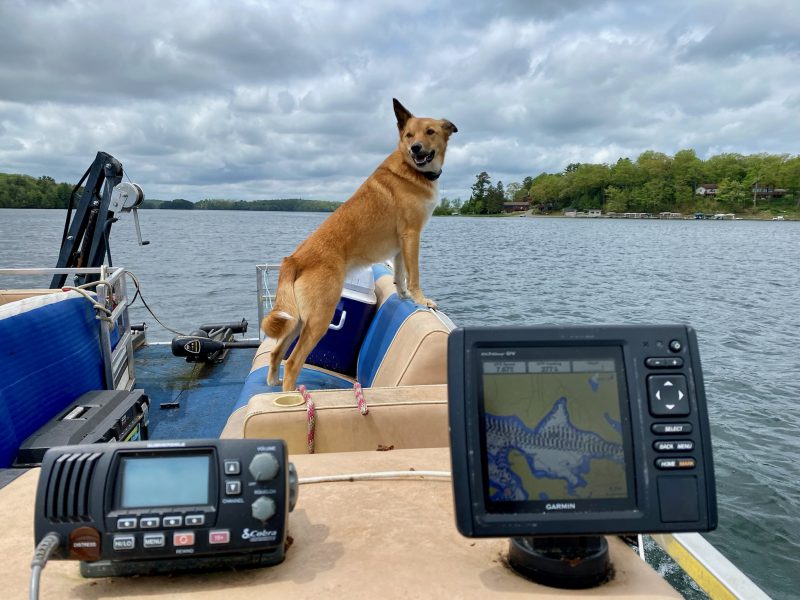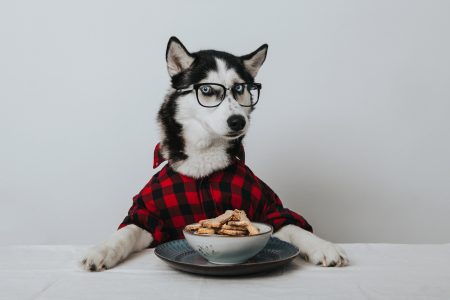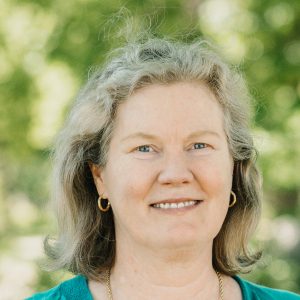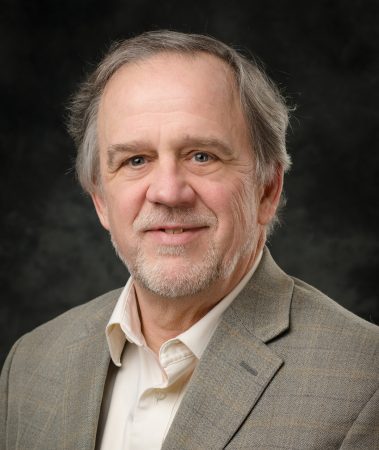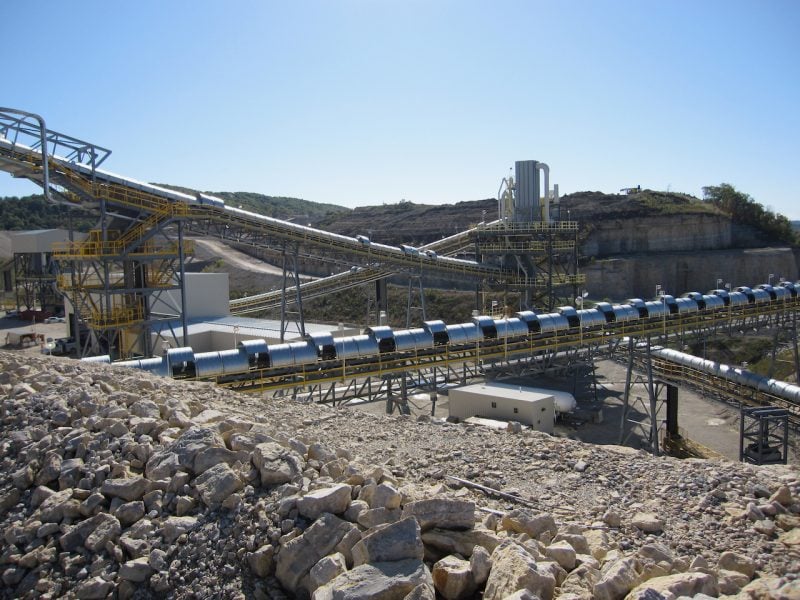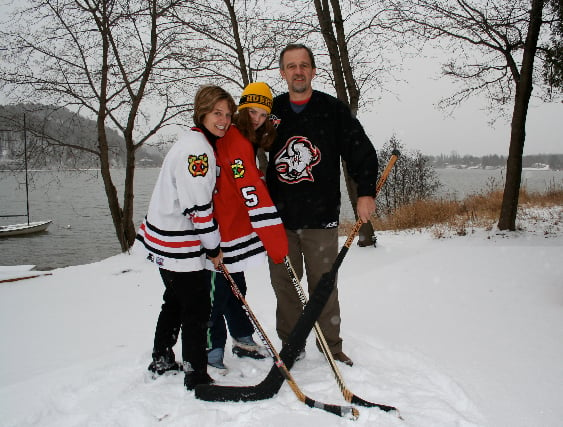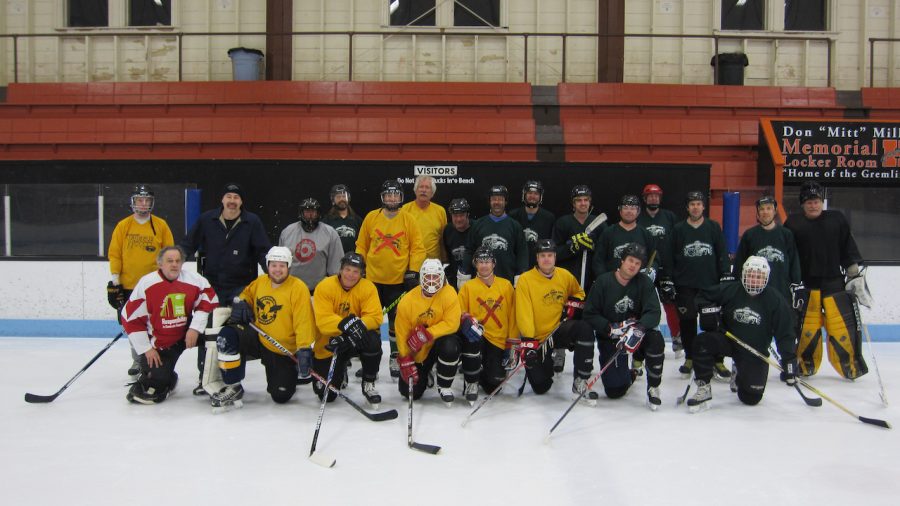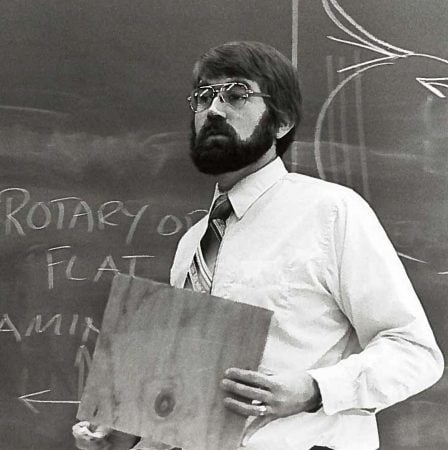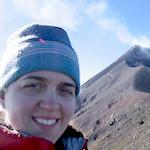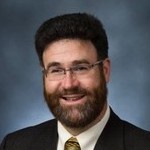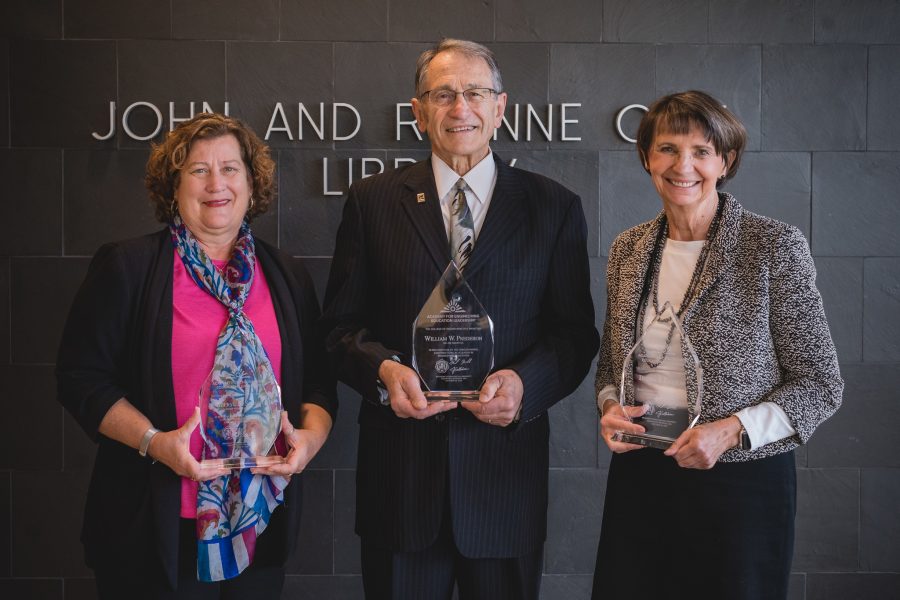
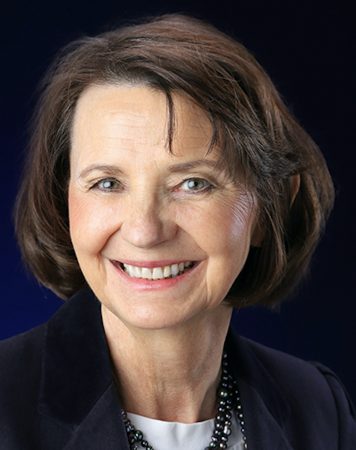
On Friday, October 28, the Michigan Tech community gathered to learn from, celebrate, and induct three outstanding educators into the Academy for Engineering Education Leadership. Janet Callahan, dean of the College of Engineering, hosted the induction ceremony.
Inductees were Debra Larson, PhD, Provost & Vice President for Academic Affairs, California State University-Chico; William Predebon, PhD, ME-EM Emeritus, Michigan Technological University; and Sheryl Sorby, PhD, Professor of Engineering Education, University of Cincinnati.
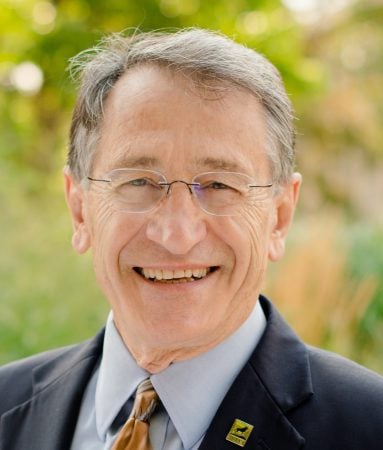
Creating pathways for all students to succeed is a primary focus for Debra Larson. She is a highly effective problem solver and resilient leader who respects shared governance and the diversity of experiences. She is passionate about innovating and delivering high-quality and hands-on education that prepares each generation of graduates for success and well-being. Dr. Larson earned her BS and MS in Civil Engineering from Michigan Tech, and her PhD in Civil Engineering from Arizona State University.
Encouraging faculty, staff and students to innovate, push boundaries, take risks, and be entrepreneurial was a daily activity for Bill Predebon while serving as ME-EM department chair for 25 years. Under his watch, the ME-EM department made tremendous strides in conducting interdisciplinary research, growing the doctoral program, expanding research funding and labs, and advancing the curriculum. Dr. Predebon earned his BS in Engineering Science at University of Notre Dame, and his MS and PhD in Engineering Mechanics from Iowa State University.
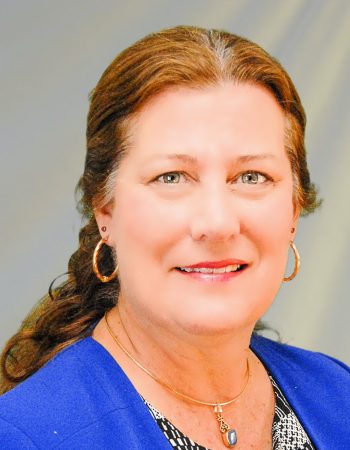
Serving as founding chair of the Department of Engineering Fundamentals at Michigan Tech, Sheryl Sorby developed and delivered a highly supportive first-year program—a legacy effort that remains to this day. Her groundbreaking research and outreach, focused on helping people across age groups and cultures to develop their 3-D spatial skills, has enabled educators to develop the capacity of students worldwide. Her curriculum is used by nearly 30 engineering programs in the United States. Dr. Sorby earned her BS in Civil Engineering, MS in Mechanical Engineering, and PhD in Engineering Mechanics, all at Michigan Tech.
The Academy for Engineering Education Leadership was established in 2018 by the College of Engineering. Two alumni, Sarah Rajala and Karl Smith, were inaugural inductees.
